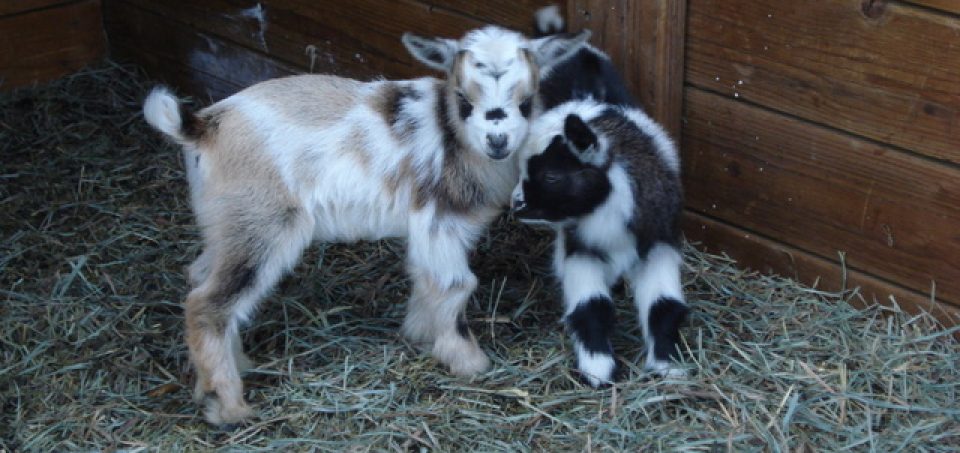At not quite five months of age Fix is starting to help out with chores. I’ve allowed him to put up the sheep at night a couple of times. While in reality, the sheep will usually put themselves up once I bring them out of the pasture, as far as Fix is concerned, behind them and dragging a line, he is moving the sheep on his own. This morning after I filled a hay net with hay, Fix moved the hay net to the cart. He did this on his own, without any prompting by me.
I play games with my puppies – primarily fetch and tug – as a way to encourage team work (and to teach self-control). Fetch because later I will train a reliable retrieve to hand and tug because sometimes the dog will have to exert some force to bring me something – a filled hay net is one example.
Many years ago a fellow trainer told me a story that I’ve never forgotten. He trained bird dogs so his puppies were taught to fetch from day one. He also never corrected a puppy for picking up and carrying something inappropriate but encouraged the pup to bring the item to him. One day he had a young pup with him in a building where unbeknownst to him someone had put out rat poison. He noticed the pup with something in his mouth and called the pup to him. The pup came running with a box of rat poison. Had he been in the practice of punishing or correcting his pup for picking up things, it is likely that 1) the pup would not have come to him carrying the rat poison; and 2) the pup would have tried swallowing the poison before he was able to remove it from the pup’s mouth. I have taken that lesson to heart and I also never correct a puppy for carrying something in its mouth.
Fix really likes carrying my shoes. He learned very early on not to chew on shoes by simple redirection. However, every time I saw him carrying a shoe, I called him to me, praised and then removed the shoe from his mouth and gave him something else. Fix has also taken to carrying empty metal food dishes if I leave them on the ground. Again, I encourage him to bring those to me and reward him for that. In the past I’ve had to train dogs to carry metal objects so I’m very pleased to see Fix has no issues carrying metal dishes. Of course it means I have to watch where I put the wire cutters in the barn because I’ve caught Fix carrying the wire cutters a few times.
Finally, fetch and tug are useful games to use in training. The following is a brief introduction to TUG OF WAR.
The rules of tug are:
- You start all games of tug (the toy should be put up away from the dog between games).
- If the dog’s mouth touches your hand or arm at any time during the game, the game ends immediately.
- You end all games of tug. The dog must release the tug toy on command.
Start all games of tug with the dog in a sit. Some dogs will be uncomfortable holding onto a toy if they feel you want it. If your dog is hesitant to hold on to the toy when you tug, start with just holding one end of the object and praising your dog for holding on. The next progression is very gentle pressure on the object while praising the dog for holding onto the toy. It may take several days before your dog is willing to hold on to the toy when you pull.
Remember pups that are teething have sensitive mouths – don’t jerk objects out of their mouths. Also, keep the object level and don’t tug up where the dog has to flex his neck.
Frequently during the game, tell your dog to sit or down and give. While tug should be a fun game, you don’t want the dog to become so aroused he no longer is under control.
Finish the game by having your dog sit or down and giving you the toy. The toy should then be put up away from the dog until the next game.
If you are having problems with your dog giving up the toy, with your dog in a sit or down, simply put your free hand under his muzzle and press his lower lip over a lower tooth. Praise when he opens his mouth slightly and remove the toy.


Thank you, very informative